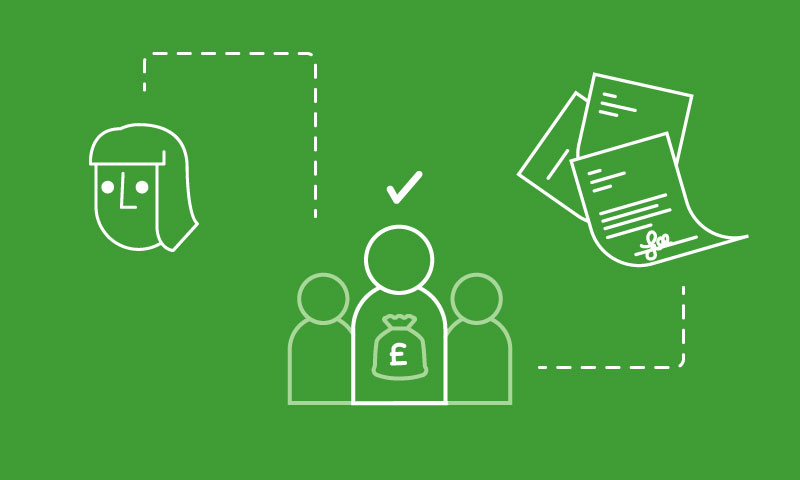27 January 2022
After several years of gender pay gap reporting, patterns are emerging for many employers. They’re developing action plans, and adapting diversity and inclusion strategies to try and improve the gender pay gap.
Ethnicity pay gap reporting
Employers with 250 or more employees have to be ready if the government decides to introduce ethnicity pay gap reporting.
The consultation is now well overdue government attention, and recently the CIPD called on the government to make ethnicity pay gap reporting mandatory from 2023. It also suggested to employers that they start preparing a best practice approach and calculating their ethnicity pay gap ahead of mandatory reporting.
The CIPD also suggests that employers calculate what proportion of their total UK workforce is from ethnic minorities, and what proportion of employees have disclosed their ethnicity.
The first step for larger employers is to ask for this information, and explain to employees that this is part of their ethnic diversity and inclusion strategies. Employers using an HR system can use it to collate this information and export it for the purposes of pay reporting.
The CIPD suggests that employers follow the same structure as gender pay gap reporting metrics, then add the further points for what best practice disclosure looks like.
This short video provides tips on how to improve your gender pay gap, and how a great HR system can support you.
Disability workforce reporting
A new consultation has also launched on disability workforce reporting. The government has already introduced a voluntary framework for employers, suggesting they disclose what percentage of their employees are disabled and what they are doing to attract and retain disabled people in their organisations.
Employers should begin auditing their systems to ensure they have all the information they need to correctly report for the future. Some employers already voluntarily disclose this information as part of their equality, diversity and inclusion (ED&I) plans, along with information on social mobility.
Measuring socio-economic diversity
Finally, many employers are increasingly keen to understand the socio-economic diversity of their workforces. At present socio-economic diversity disclosures are voluntary, but we expect that interest in this area will increase in the near future.
Well-paid internships are a good first step to creating a more diverse workforce, as unpaid internships are simply not an option for candidates who cannot afford to work for free and so exclude large numbers of otherwise eligible candidates.
Employers interested in knowing more about all types of diversity reporting and ED&I strategies should contact Kerri Constable or Hannah Gibson-Patel.




